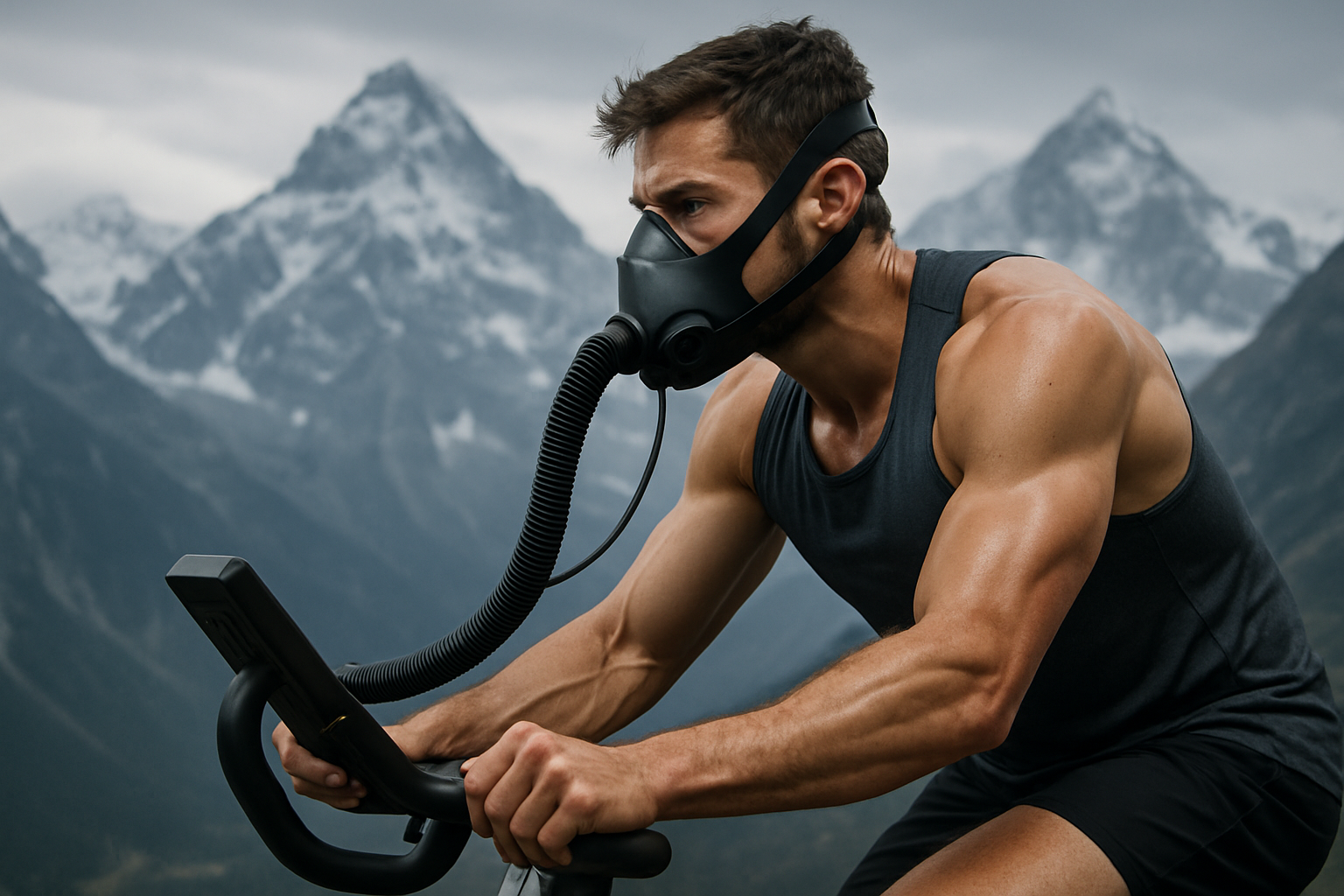Decoding the Benefits and Challenges of Hypoxic Training in Sports Performance
Imagine training in an environment where oxygen is scarce, where each breath is a struggle, and every muscle in your body screams for relief. Welcome to the world of hypoxic training—a technique that has stirred the sports world with its potential to elevate athletic performance. Despite the controversy it stirs, the method is increasingly embraced by athletes worldwide.

The Genesis of Hypoxic Training: A Historical Overview
The story of hypoxic training begins in the 1968 Olympic Games held in Mexico City, a location situated 2,240 meters above sea level, where oxygen levels are significantly lower. Athletes from low-altitude areas struggled to compete against those accustomed to high-altitude environments. This observation sparked interest among sports scientists, leading to the development of hypoxic training as a strategy to enhance athletic performance.
Current Trends in Hypoxic Training: The Science and the Practice
Hypoxic training, also known as altitude training, involves exercising in, living in, or breathing oxygen-reduced air. The idea is to stimulate the body’s natural adaptation mechanism to low-oxygen conditions, leading to physiological changes that enhance athletic performance.
Research suggests that hypoxic training can increase red blood cell count, improve oxygen-carrying capacity, and enhance aerobic endurance. Moreover, it’s believed to improve muscle efficiency and increase the body’s lactic acid threshold. However, these benefits are not without challenges.
The Upside and Downside: Balancing the Benefits and Risks
While the benefits of hypoxic training are enticing, it’s crucial to highlight the potential risks. The body’s response to hypoxia can vary greatly among individuals. Some may experience altitude sickness, characterized by headaches, nausea, and fatigue. There’s also the risk of overtraining and the potential negative impact on the immune system.
However, with proper supervision and gradual acclimatization, these risks can be mitigated. It’s important to individualize the training program, taking into account the athlete’s health status, sports discipline, and performance goals.
Hypoxic Training in Action: Anecdotes from the Field
From elite runners to professional cyclists, hypoxic training has found its way into various sports disciplines. For instance, the Norwegian cross-country ski team often trains in high-altitude environments to gain a competitive edge. On the other hand, some athletes prefer simulated altitude training, using hypoxic air machines or sleeping in altitude tents.
Despite the ongoing debate, the adoption of hypoxic training in sports performance continues to rise, pointing towards a future where this method becomes an integral part of athletic training regimens.
Conclusion
The realm of sports performance is continuously evolving, with new training methods emerging to push the boundaries of human capability. Hypoxic training is one such method, promising to unlock new levels of athletic performance. However, like any tool, its effectiveness depends on its appropriate and responsible use. As research continues to shed light on its benefits and risks, athletes and coaches can make informed decisions to harness the power of hypoxia in their quest for athletic excellence.





